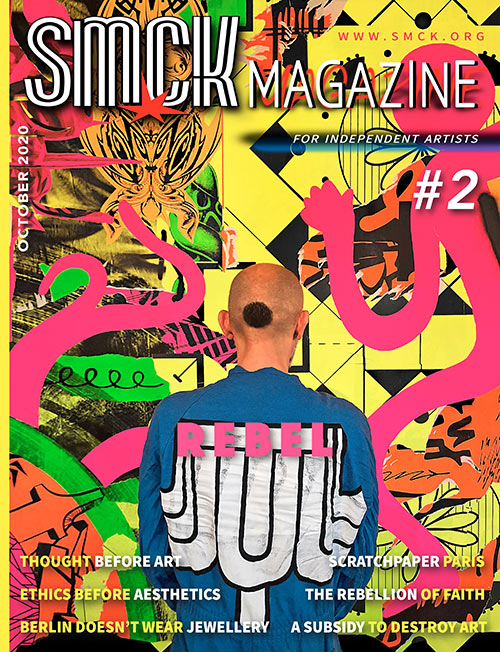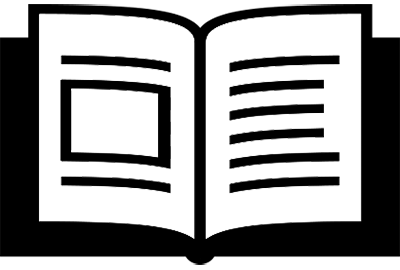ETHICS BEFORE AESTHETICS
LED ART MMC - ŠOK ZADRUGA
Serbian Artists' initiative on how art must heal the world
Interview by Loukia Richards
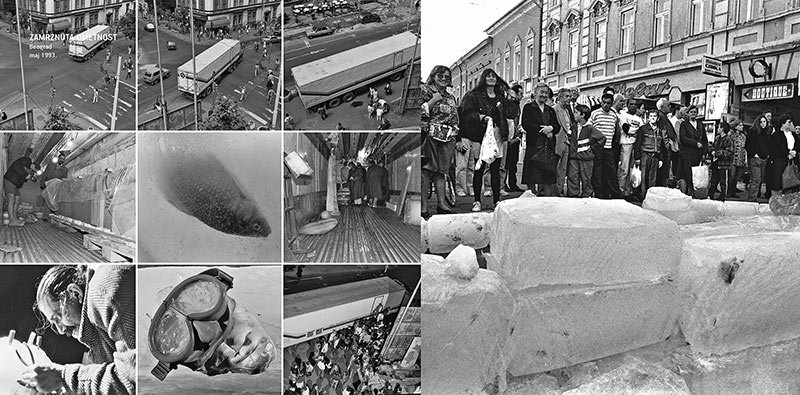 First LED ART performances, 1993 in Belgrade & Novi Sad. Photo: Led Art
First LED ART performances, 1993 in Belgrade & Novi Sad. Photo: Led Art
LR: What happened in (former) Yugoslavia in 1993, the year your initiative was founded?
MMC: 1993 was a year of chaos, a year of destructive war and hostile activities between the republics of the confederation of Yugoslavia. Expansive nationalism, along with populism, served as justification for the economic, demographic, and cultural breakdown. It was also a year of hyperinflation and paramilitary groups. The black market replaced regular supply. New heroes, fast boys with fast cars, folk singers glorifying war, replaced artists, athletes, scientists as role models. The primary capital accumulation, after the fall of communism in Yugoslavia, took place through smuggling, war profit, plunder of common goods. Shop shelves were empty, and the average monthly wage was two euros. The deterioration began in 1992 and officially ended in 1995, but most of the conflict hadn't been resolved until the war in Kosovo in 1999; the Kosovo situation is still not clear today.
LR: The art projects you presented at the time were collective, political and participatory. What was the impact they had on the political process in Serbia and former Yugoslavia?
MMC: The founder of our group, Led Art (Ice Art) Nikola Džafo, a Novi Sad- and Belgrade-based painter, put away his brush and entered the realm of politics.
We do not know whether our practice had any feasible impact on the political life and processes in ex-Yugoslavia in the span of these 30 years. Surely, they left an echo and somehow were the light in the complete darkness.
Since the very beginning, the group's premise and slogan was "Ethics before aesthetics." The group's ideas and actions had a great impact on the art and culture scene and enabled the faster reconnection of the once-common art scene in former Yugoslavia. Through its involvement in the social and public spheres, Led Art entered the dangerous political domain, which has inevitably brought the group and its members into conflict with those in power.
The very system of Led Art operating, based on a guerilla approach, without a place of gathering or office and broad participatory membership, not only of artists, was, in itself, political. All this resulted in the ethical and political attitude that created the slogan under which Led Art existed and continues to exist to this very day: "Art can (and must) heal the world."
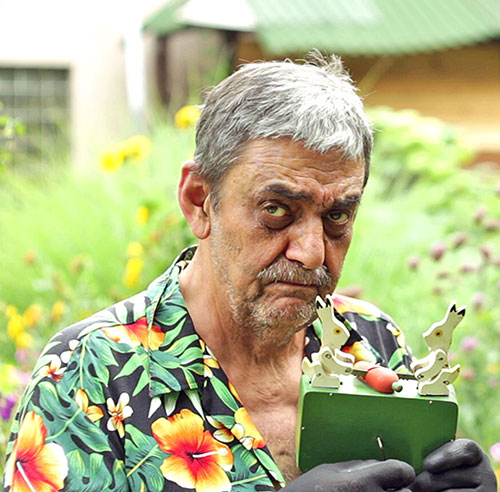
Nikola Dzafo, LED ART founder. Photo: Filip Markovinovic
LR: How dangerous was it to rebel against mainstream thought and politics in Serbia at the time?
MMC: To rebel against the mainstream thought was at the same time dangerous - and not. Our acts were recognized as a voice of democracy and that was legal, but the state also used that as an advantage to promote the image of Serbia as being a democratic country. Although our acts weren't successful in changing the course of action in the way we wished, we still succeeded in preserving common sense to some extent.
LR: Describe one of your favorite projects.
MMC: "Reconstruction of Crime" was initiated in 1994. The project is based on the idea that the increasing evil must be opposed with all means available, and artists oppose evil with art. The procedure was "borrowed" from the police practice of drawing the contour of the victim's body of the victim with a chalk, thus creating an "incidental drawing." The crime site is photographed, the victim is taken away, and the drawing is left at the scene. This drawing is used by Led Art as a talisman "against spells;" it makes performance participants resistant to outside influences.
"Reconstruction of Crime " is done using different techniques: drawing around the contour with chalk, "drawing around" with fire, baking edible cakes in human form, etc.
The most famous "Reconstruction of Crime" was performed during the student and civil protests in Belgrade in 1997. Led Art members and demonstrators "had drawn around" the place where the police had attacked with water cannons and beaten up dozens of them.
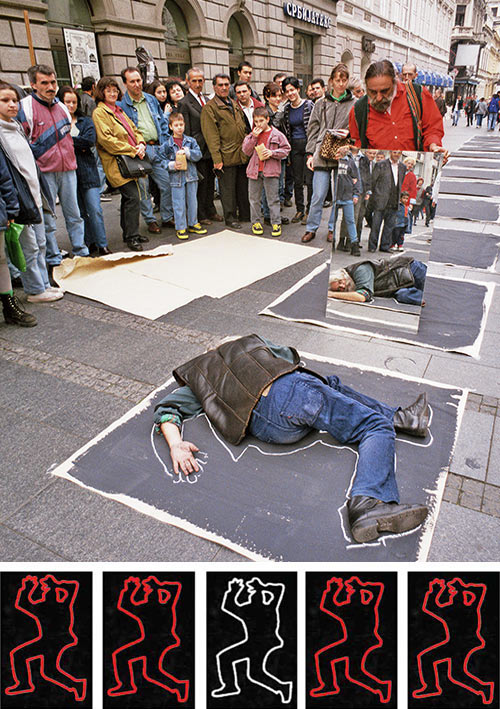
'Reconstructon of the crime', Belgrade 1998. Photo+drawing: Led Art
LR: How did or how do you fund your activities?
MMC: We struggled a lot. Sometimes we got funding from art projects, foundations, etc. Thanks to the volunteers' engagement and strong faith that art changes the world, it was possible to achieve what we achieved. We funded our actions mostly from working in other jobs. Today, art funding is a little easier. Led Art tries to sustain itself through the project Šok zadruga (Shock cooperative) project and activities such as "Total Sale of Artworks" and "Towards the Audience." Going out in the streets and marketplaces to sell art has become a constructive performance.
LR: What are the themes that interest your art initiative now, and how do they interact with local politics?
MMC: Today we have a gallery in Novi Sad. Novi Sad will be the European Capital of Culture 2021. Because of that, the city art landscape is rapidly changing, and we are trying to find our position in this new system. We are reconsidering our role as an organization and group. We support young, emerging artists. We organize around 20 exhibitions and events a year.
Our activities are focused on a critical, but at the same time proactive approach to the unstable and unregulated art market. We constantly re-examine the position of artists, the system of art and collective work in Serbia which, it seems to us, is a country in eternal transition.
LR: When you look back on the 1990s, how do you evaluate your actions, interventions, and experiences?
MMC: Our actions, interventions, experiences had a high art scope; however, we still have bitter memories. It was a period of making art equal to life, and life was strongly tied to politics.

Šok Zadruga gallery logo
LR: What do you think it is important to support or oppose as an artist and citizen today?
MMC: We defend democratic values and support the world's cultural heritage. We fight against the blurring conscience in which we live in, at a time where we have fewer and fewer rights due to the concentration of power by the state, politics, and technology. We fight for the preservation of common sense. Led Art, now and then, has dealt with art and culture and with preservation of the cultural heritage and sanity of our society.
LR: Share with us a lesson you learned all these years.
MMC: Despite all the troubles, obstacles, and sacrifices we have made as a group and as individuals, it was important to stay true to what we do and believe in. Also, over time, we have become aware that often the benefits of what we do, would not be seen in the near future.
The collective is the only one that can create a masterpiece. We are preparing a 30-year retrospective show which will help us re-examine our position, attitudes, and values. We hope to form art practices for the future.
____________________________
1993-2002 LED ART (ICE ART), ad hoc group, Belgrade.
2000-2012 LED ART became MMC (Multi Media Center) Led Art - Art Klinika based in Novi Sad.
2012-2020 Šok Zadruga - Šok galerija, a long-term project by MMC Led Art with a central gallery space and few more smaller exhibition spaces.
The active members and closest supporters of the organization are:
Nikola Džafo, Dejan Jankov, Željko Grulović, Silvija Dražić, Vesna Grginčevć, Izabela Mašić, Zita Argylan, Adreinn Ujhazi, Lidija Krnjajić, Milica Dukić, Andrea Palašti, Nina Komel, Mattter, Stefan Ilić, Vladimir Ilić, Netmanja Milenković, Filip Markovinović, Gojko Dutina, Bojan Dojkić, Dušan Zaklan.
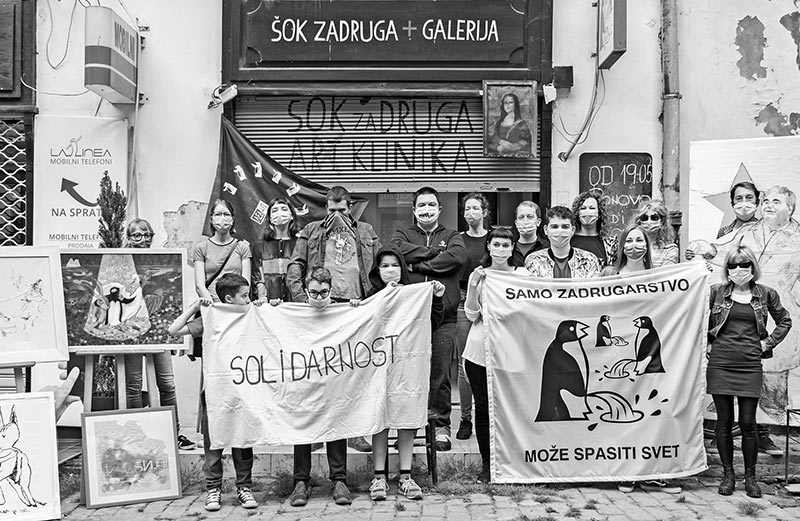 Group photo at gallery Šok Zadruga, Novi Sad. Photo: Dejan Krstic
Group photo at gallery Šok Zadruga, Novi Sad. Photo: Dejan Krstic
LINKS: LED ART testament/
Šok Zadruga gallery
